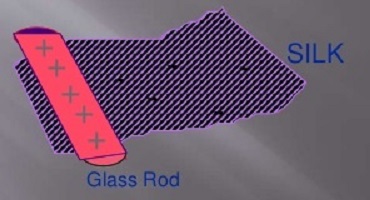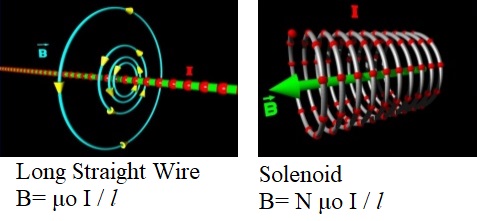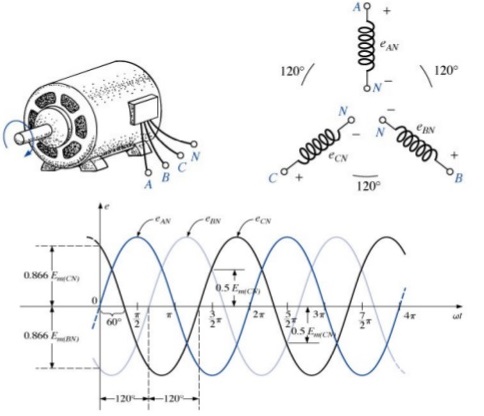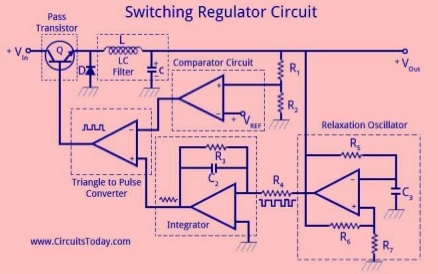In order to understand the electric charge of electron let us first understand from where the charge comes? As all of us know that matter is made up of atoms. An atom consists of Proton, Neutrons and Electrons. Proton is having the
Read More
What is an ammeter? Ammeter or ampere meter is an electrical measuring device, which as seen from its nomenclature is useful for the measurement of the ampere i.e. to measure electric current through the circuit. The normal symbol of ampere meter is
Read More
The electricity which we use at home is normally the alternating current or AC. AC current is result of alternation of the generator armature or alternator. The electricity or current flows in one direction and then reverse direction. Each cycle in AC
Read More
Ampere’s circuital law states that the line integral of magnetic field intensity about any closed path is exactly equal to the direct current enclosed by that path. In the figure below, the integral of H about closed paths a and b gives
Read More
As a new electrical student or a common man this questions comes in mind that why we prefer 3 phase power system. In recent years 3 phase electric wiring has become common and mostly used worldwide for power generation, power transmission, distribution
Read More
A voltage regulator is used to regulate or stabilize the voltage level for specific purpose. Voltage fluctuations are never acceptable for any appliance or equipment, because it may damage the electrical appliances etc. When a steady, reliable voltage is needed, then voltage
Read More





